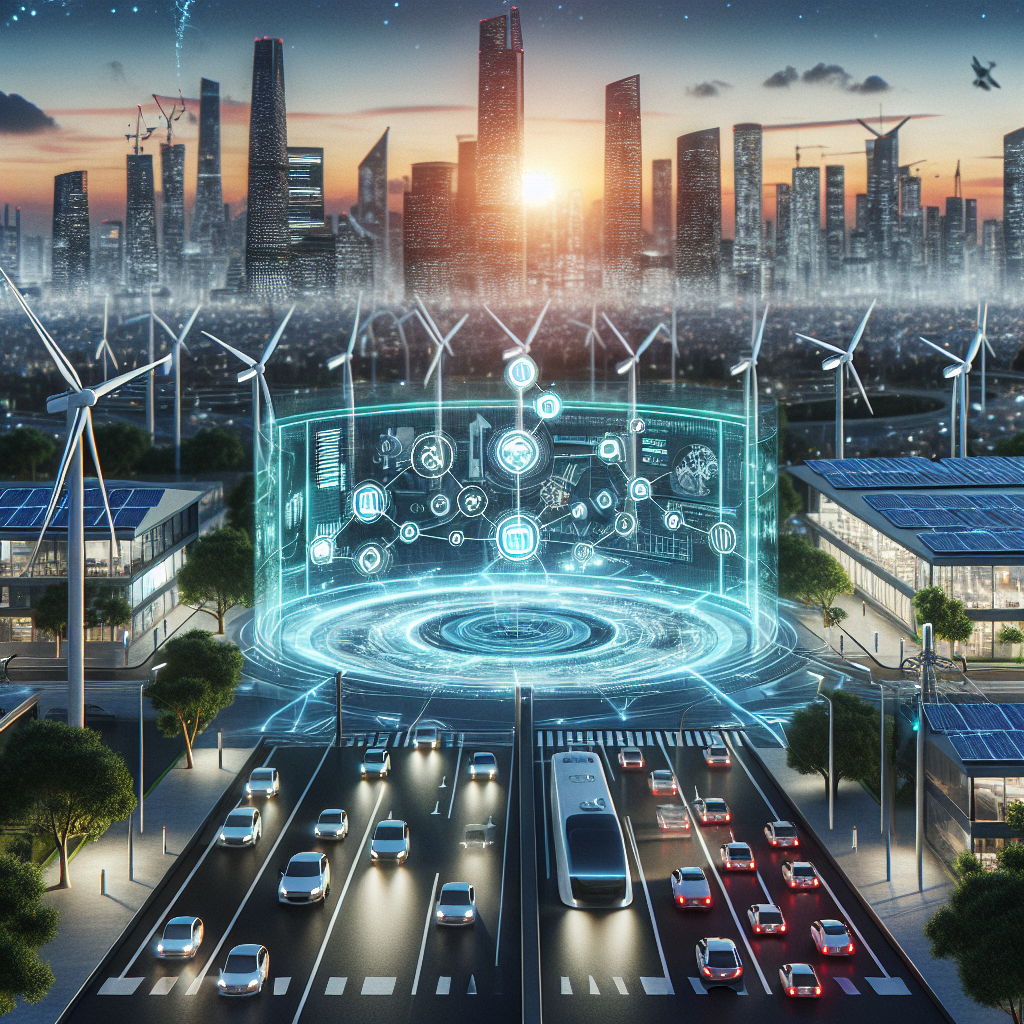Smart Grids: The Future of Energy Management and Distribution
In the quest for more efficient, reliable, and sustainable energy systems, smart grids represent a pivotal evolution in the management and distribution of electricity. As climate change concerns escalate and the demand for energy grows, the traditional electricity grid, primarily built in the last century, shows signs of age and inflexibility. This is where smart grids come in, harnessing advanced digital technology to revolutionize how electricity is delivered from suppliers to consumers. This article delves into the essence of smart grids, exploring their potential to reshape the future of energy.
Understanding Smart Grids
At its core, a smart grid is an electricity network that uses digital technology to monitor and manage the transport of electricity from all generation sources to meet the varying demands of end-users. It incorporates the use of sensors, smart meters, digital controls, and analytical tools to automate, analyze, and control the flow of electricity. Smart grids aim to make electricity distribution more efficient, secure, and sustainable by integrating renewable energy sources, reducing energy consumption, and improving the reliability of the electricity supply.
The Need for Smart Grids
The traditional power grid is a centralized system that distributes electricity from large power plants to consumers through a network of transmission and distribution lines. However, this model faces challenges such as energy wastage, vulnerability to outages, and difficulty integrating renewable energy sources. The increasing penetration of renewable energy, the need for more efficient energy use, and the demand for higher reliability and security are driving the shift towards smart grids.
The Benefits of Smart Grids
1. Enhanced Efficiency: Smart grids optimize the use of power plants, reducing wastage and improving the efficiency of electricity transmission and distribution. This enhancement can lead to significant energy and cost savings for both utilities and consumers.
2. Improved Reliability and Quality: Through real-time monitoring and automated controls, smart grids can quickly identify and solve power outages and quality issues, ensuring a more reliable electricity supply.
3. Integration of Renewable Energy: Smart grids facilitate the integration of renewable energy sources like solar and wind, making it easier to manage their variability and intermittency.
4. Consumer Empowerment: With smart meters and home energy management systems, consumers can monitor their energy usage in real-time, make informed decisions about energy consumption, and even sell back excess energy generated from rooftop solar panels.
5. Environmental Benefits: By optimizing energy use and incorporating renewables, smart grids can significantly reduce greenhouse gas emissions and the environmental footprint of electricity generation and consumption.
Challenges and Solutions
The transition to smart grids involves technical, regulatory, and financial challenges. Upgrading the existing infrastructure requires substantial investment, and there are concerns about privacy and data security with the increased use of digital technology. Additionally, regulatory frameworks need to evolve to support the integration of distributed energy resources and to protect consumers’ interests.
Policymakers, utilities, and private companies are working together to address these challenges. Investments in cyber security, clear regulations for data protection, and innovative financing models for grid modernization are critical steps towards the widespread adoption of smart grids.
The Future of Smart Grids
As technology advances and renewable energy becomes more prevalent, smart grids will play an increasingly vital role in the global energy landscape. Innovations in energy storage, artificial intelligence, and the Internet of Things (IoT) are expected to further enhance the capabilities of smart grids, leading to smarter, more flexible, and more resilient energy systems.
FAQs
Q1: What makes a grid “smart”?
A1: A grid becomes “smart” through the incorporation of digital technology that enables two-way communication between the utility and its customers, and the automation of electricity distribution and management processes.
Q2: Are smart grids safe?
A2: Yes, smart grids are designed with robust security measures to protect against cyber threats. Continuous improvements in cyber security are essential to safeguard the grid as technology evolves.
Q3: How do smart grids impact consumers?
A3: Smart grids offer consumers greater control over their energy usage, potential cost savings through more efficient consumption, and the opportunity to contribute to grid stability by generating renewable energy.
Q4: Can smart grids really help the environment?
A4: Yes, by optimizing energy use and enabling the integration of renewable energy sources, smart grids can significantly reduce carbon emissions and the environmental impact of energy production and consumption.
Q5: What is the role of renewable energy in smart grids?
A5: Renewable energy is a linchpin in the smart grid model, providing clean, sustainable power that can be efficiently integrated and managed within the grid to meet electricity demand.
In conclusion, smart grids represent the future of energy management and distribution, promising a more efficient, reliable, and sustainable electricity system. As we continue to confront the challenges of climate change and energy demand, the development and adoption of smart grids will be critical in shaping a resilient and environmentally friendly global energy landscape.

